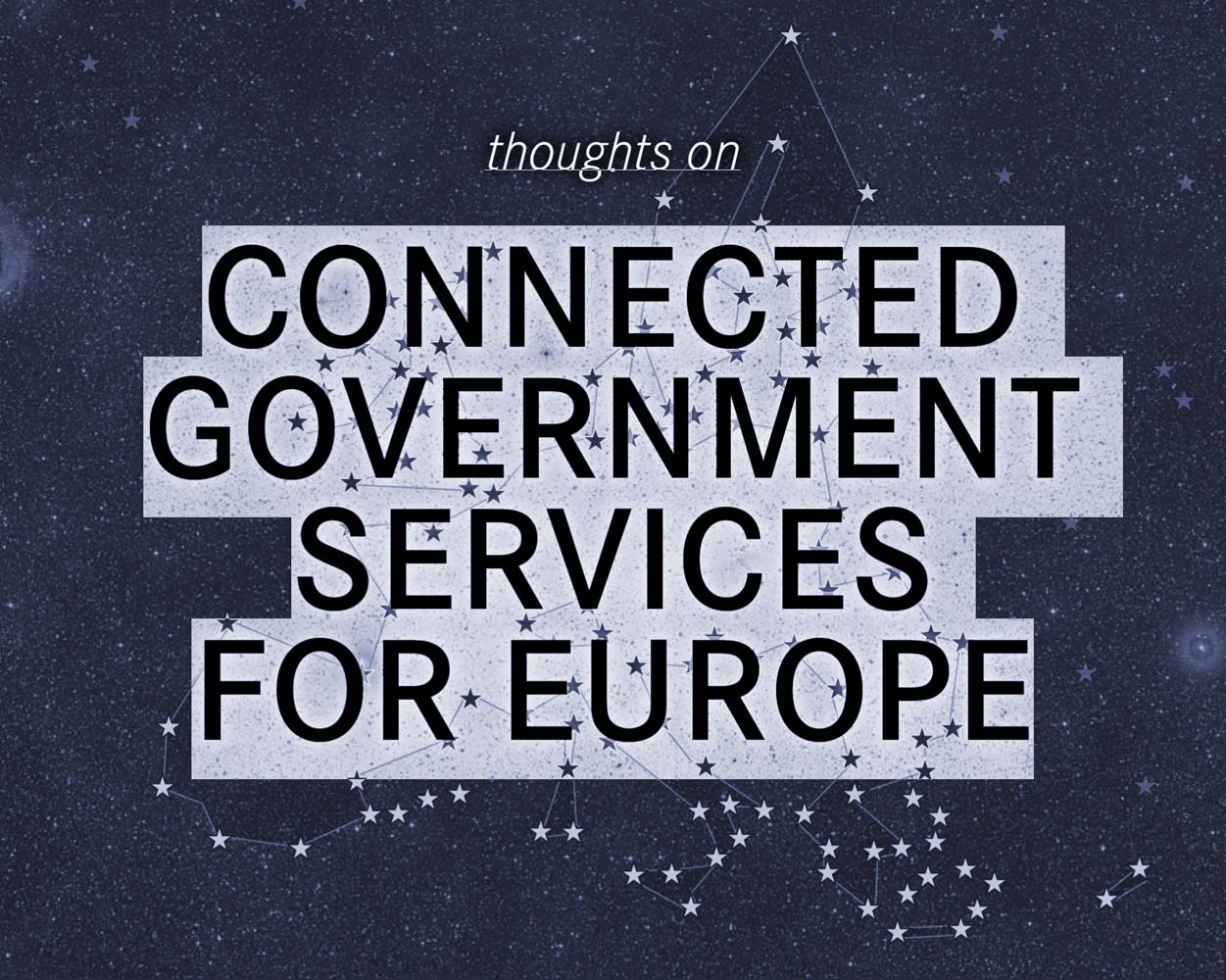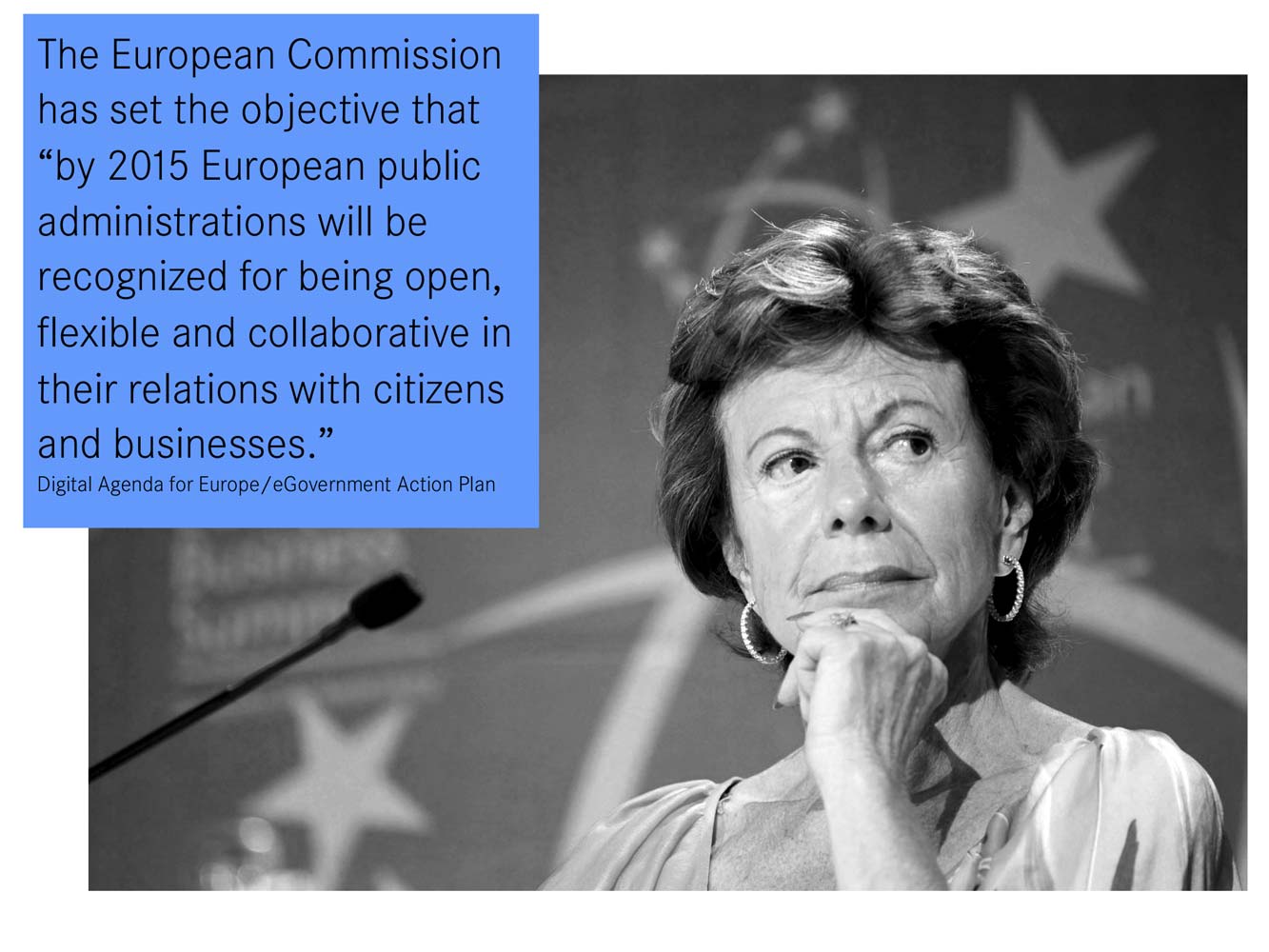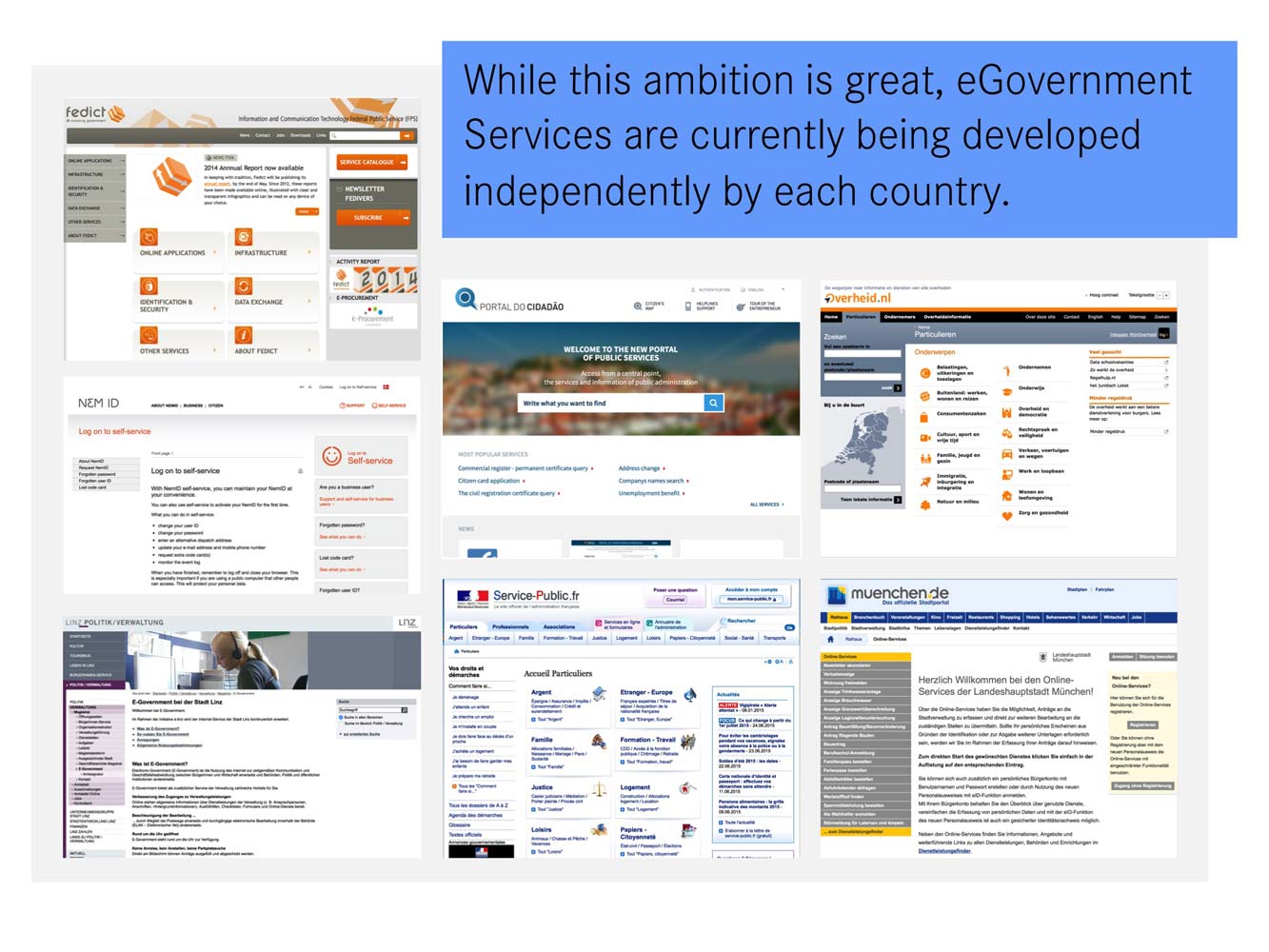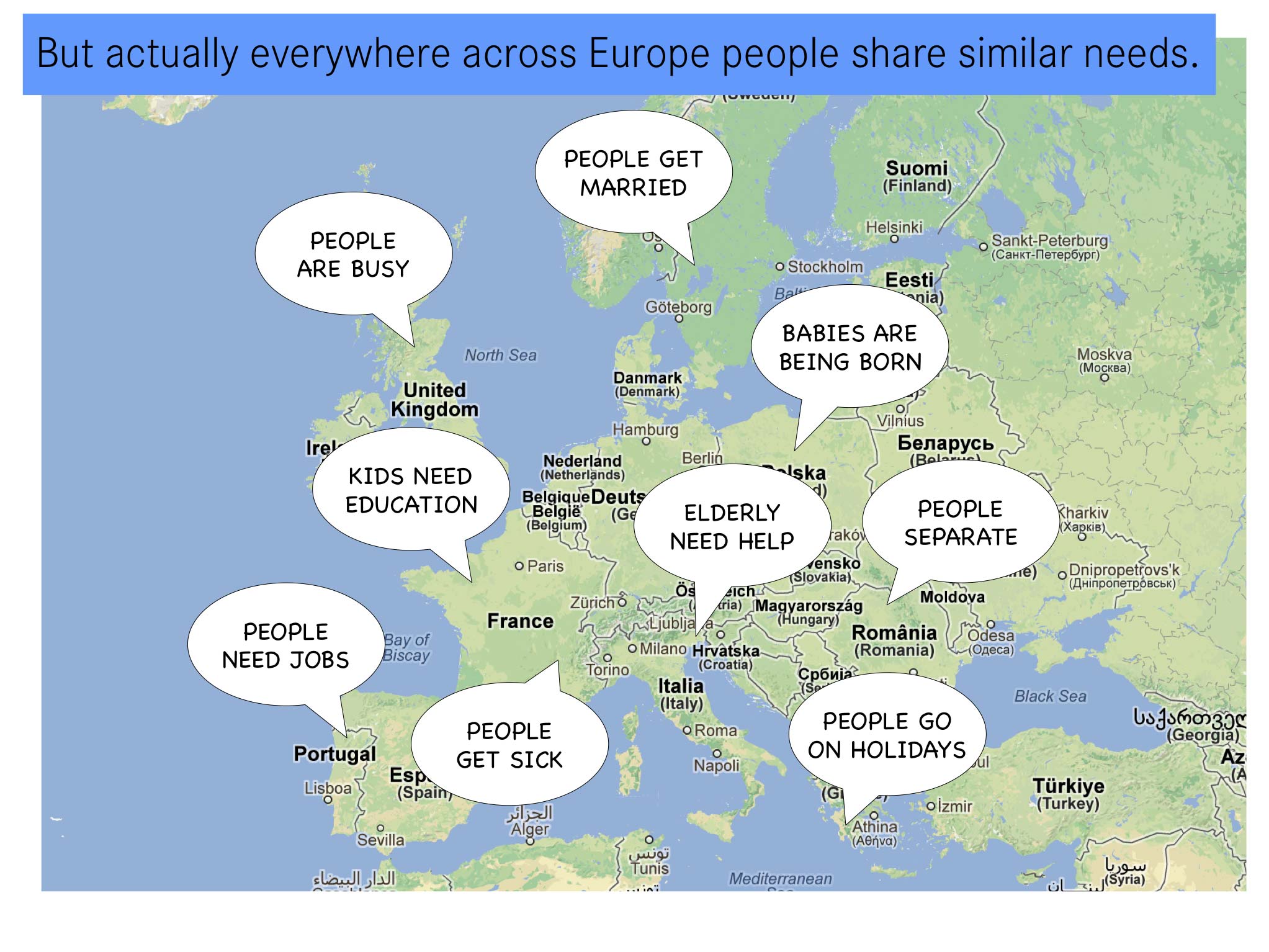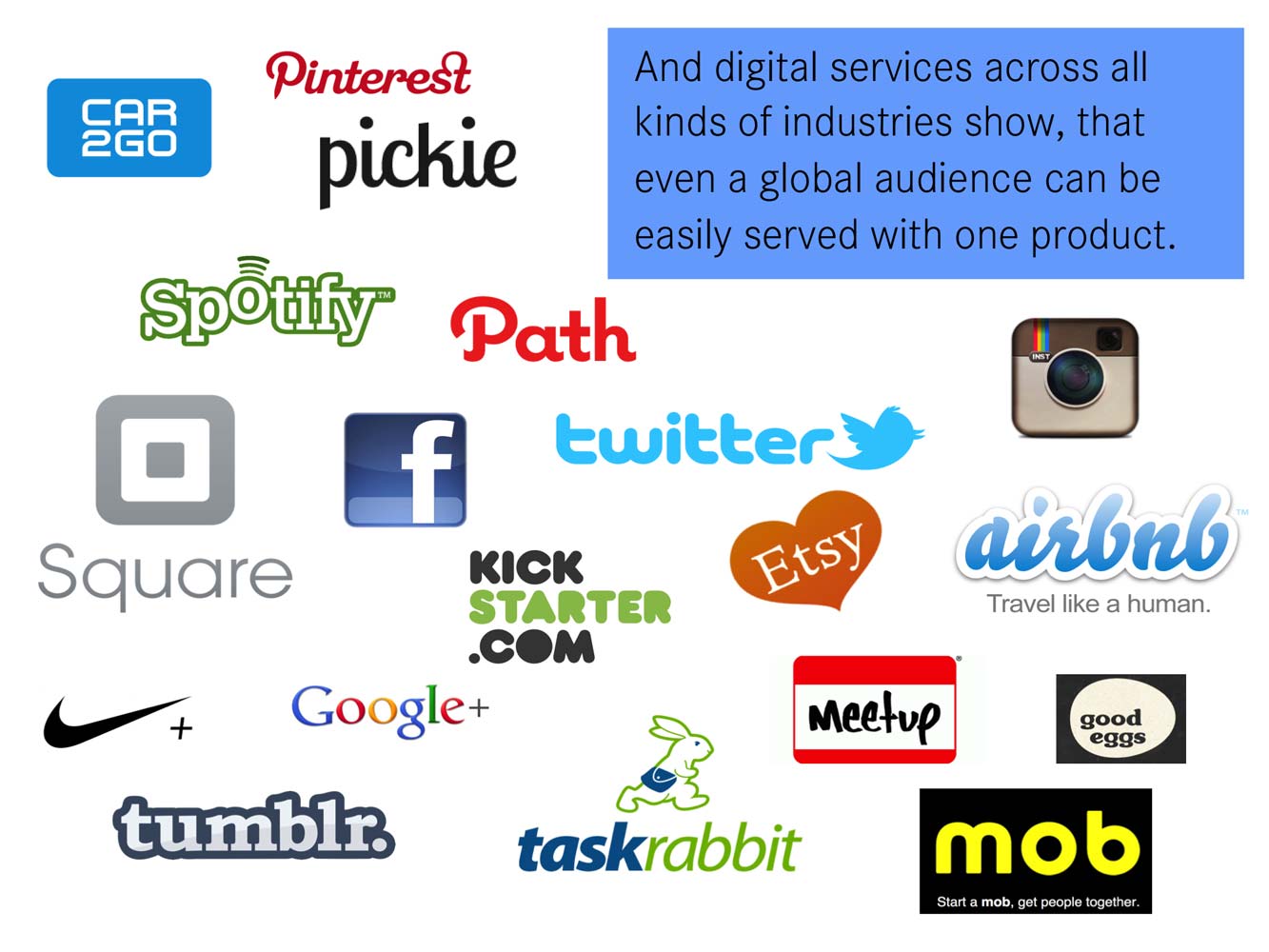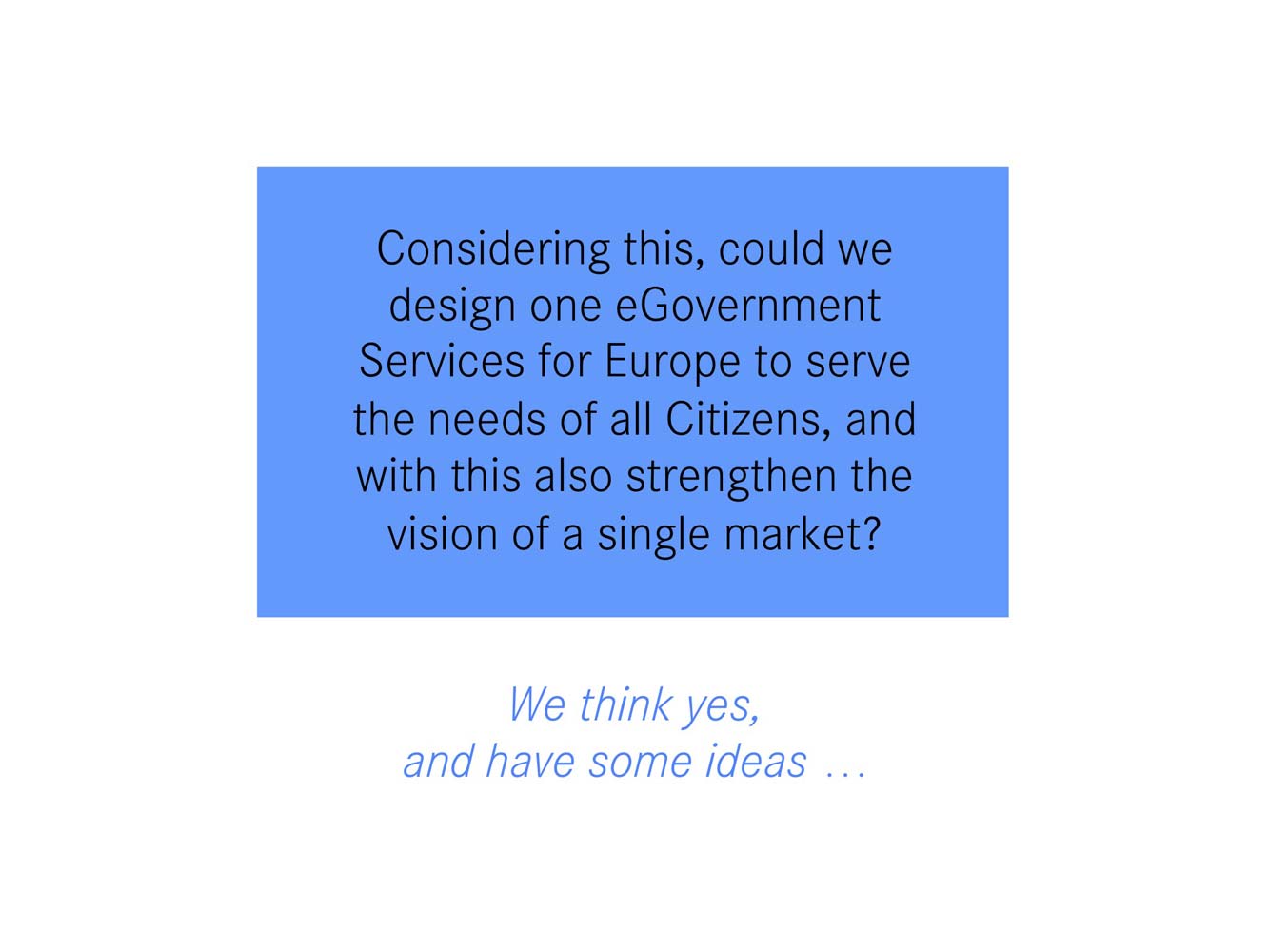Everywhere in Europe people share similar experiences: babies are born, children need schools, people look for jobs, travel, get married, grow old. With this they all have similar needs regarding their public administration services: they require birth or marriage certificates, passports, visas, unemployment support, etc.
In Europe these kinds of services are traditionally organised and facilitated by the individual countries themselves and local communities. This organisation structure has naturally evolved with the political history, and also through the available means. Today new technologies offer radical new possibilities that enable public administrations to organise themselves in a more centralised way, and offer public services through shared online interfaces across borders and territories. Worldwide adaption of technology services such as Google, Airbnb, Skype and Facebook already illustrate this point for many years.
To achieve these objectives and create new and connected Government Services which enable “European Public Administrations to be recognized for being open, flexible and collaborative in their relations with citizens and businesses,”*1 the European Commission has created the Digital Agenda for Europe and the eGovernment Action Plan.
However, the reality of the implementation of these new and connected Government Services in Europe is quite different from the set ambition. Instead of creating a single consolidated effort to build a software which can be used across the whole of Europe, currently each European country, and even each local community, is developing its own version of digital Government Services. This approach is not only inefficient from the perspective of technology development but will also lead to a confusing user experience, where local solutions present identical functionality in different ways. With this the idea of openness and collaboration will be only realised at the foundational and backend level, but not all the way to enable consolidated interfaces towards citizens and businesses across Europe. While this might be already enabling for administrations, it remains unclear how this approach could fit a single market, and will help to simplify administration processes for European citizens or businesses.
At Mind the Gap we think Europe could take more advantage of new technological possibilities, and bring European government services to a ‘European level’, and create new public administration services which are offered to all Europeans and European businesses in the same way: with one consolidated online interface. We believe this would inspire citizens and business to take better advantage of the single market, and help European states save costs through consolidated efforts.
Connecting the Stars is a Mind the Gap design research project that showcases a new vision of European government services. In our vision we illustrate how one shared interface, which is centered on the needs of European citizens, could help strengthen a connected and collaborative Europe.
*1 Digital Agenda for Europe/ eGovernment Action Plan
